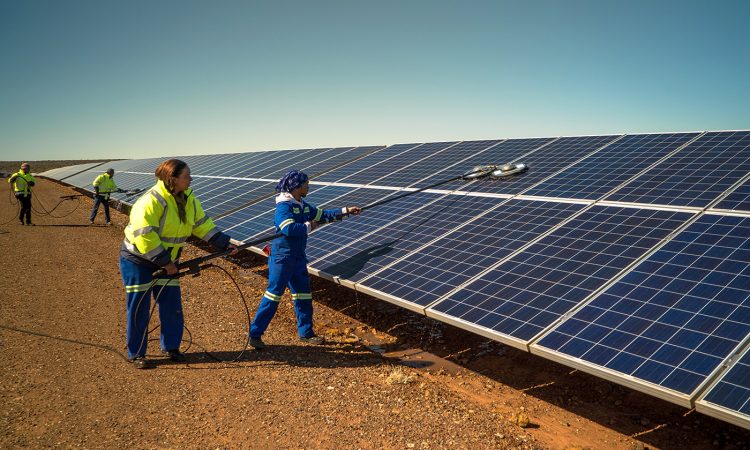Ghana • Growth, electrification and emissions: a fine balancing act
With an average growth of 5% since 2013, Ghana has one of the most dynamic economies on the planet. The Ghanaian rate of electrification is one of the highest in Sub-Saharan Africa and the country became an exporter of electricity in the late 2000s. These results were obtained during a period of GHG emissions drop.

Key takeaways :
- Emissions from the Ghanaian electricity
sector stood at 2.71 million tons of CO2
in 2017 compared with 3.52 million in
2013. Meanwhile, electricity production has gone
from 12.9 to 14.1 TWh; - A drop in carbon intensity of electricity
can be explained by the development
of gas-fired power stations, boosted
by the discovery of local resources and a
recurring shortage of electricity. However,
hydroelectricity, the country’s main source of
decarbonated electricity, is not being developed; - The Ghanaian electricity sector
is being redeveloped after years of
major difficulties. The poor financial
health of public businesses places the onus of
developing the country’s major renewable
resources on private investments. Despite
ambitious objectives and incentive policies,
renewable energy generation, excluding major
hydraulic installations, remains negligible.
However, several projects are underway
concerning solar, wind and wave farms; - The role of local governments
in the production of energy is limited,
they can mainly intervene via their
economic development missions by supporting
the electrification of local activity areas; - Civil society, and especially women,
is as opposed as it is advocating by
mobilizing against coal-fired power
plant projects, while having an important role
in training and sensitizing the population on
energy issues.



